Mesa Lasithi (also Mesa Lasithion) is a village in the Lasithi regional unit on the island of Crete, Greece. It is located on the eastern side of the Lasithi Plateau at an altitude of 850 meters. The village has a population of 78 residents (2021 census).
Mesa Lasithi is the seat of a community that also includes the settlements of Mesa Lasithaki, Nikiforidon, and Smailiano. The village is situated near the exit of the Lasithi Plateau towards Agios Nikolaos.
History
-
Minoan Period: The history of Mesa Lasithi is closely linked to that of the Lasithi Plateau. The area has been inhabited since the Minoan period, as evidenced by the remains of Minoan settlements found in various locations, such as Armi, Agioi Apostoloi, and Agioi Anargyroi.
-
Byzantine Period: Information about Mesa Lasithi during the Byzantine period is limited due to the destruction caused by the Venetians. However, the presence of settlements during this time is suggested by Byzantine-era place names and toponyms.
-
Venetian Period:
- Origin of Inhabitants: The inhabitants of Mesa Lasithi are believed to be descended from various groups:
- Families returning from exile after the Venetian depopulation of the plateau.
- Families from Chandax (Heraklion) who sought refuge in Lasithi to avoid Venetian forced labor.
- People from neighboring areas who came to cultivate the fertile land.
- Settlers from more distant regions, such as Nafplio and Monemvasia, who were brought by the Venetians to cultivate the land.
- 1583 Census: The census by Kastrophylacas lists several “metochia” (hamlets) in the area of Mesa Lasithi, including:
- Metochi tou Farsari (present-day Farsaro)
- Metochi Foradari i Vasmouli
- Metochi Sarakinou
- Metochi Kontou
- Metochi Agioi Anargyroi
- Metochi Migiogianni
- Metochi Tsagalochori
- Metochi Sidiako
- 1630 Census: The census by Francesco Basilicata also mentions some of these “metochia.”
- Origin of Inhabitants: The inhabitants of Mesa Lasithi are believed to be descended from various groups:
-
Ottoman Period:
- 1648: The Ottomans conquered the Lasithi Plateau.
- 1700: Mesa Lasithi is mentioned as the capital of the Lasithi province.
- Turkish Presence: The presence of Turks in the area is evidenced by Turkish place names.
- Resistance: The inaccessible area of Aloida served as a refuge for “haïnes” (Cretan rebels). One of the most famous was Captain Kazanis from Marmaketo.
- Destruction (1823): Hassan Pasha and his Ottoman forces destroyed the villages of the Lasithi Plateau, including Mesa Lasithi, along with the monasteries of Agioi Apostoloi and Kroustallenia.
- Battle of Lasithi Plateau (1867): The Ottoman-Egyptian army clashed with Cretan rebels in the plateau, resulting in heavy casualties and destruction.
-
Modern Period:
- Balkan Wars, World War I, Greco-Turkish War: Many residents of Mesa Lasithi participated in these conflicts.
- World War II: The village was occupied by Italian and later German forces. Residents joined the resistance movement.
Landmarks
- Church of the Evangelistria tis Theotokou: The main church of Mesa Lasithi.
- Other Churches: Agioi Pantes (Nikiforidon) and Agios Ioannis (Mesa Lasithaki).
- Chapels: Profitis Ilias, Agioi Apostoloi, Agios Ioannis (Aloida), Agioi Anargyroi (Mesa Lasithaki cemetery), and Archangel Michael (Mesa Lasithi cemetery).
- Venetian Cisterns: Located in the area of “Katelianes Sterna.”
- Traditional Architecture: Mesa Lasithi retains its traditional character with stone-built houses.
Village Key Points
- Historical References:
- 1583 census (various “metochia” mentioned)
- 1630 census (various “metochia” mentioned)
- 1671 Ottoman census as “Mesa Lassithi” with 25 families
- Location: Lasithi Plateau, Lasithi regional unit, Crete, Greece.
- Altitude: 850 meters
- Historical Significance: Inhabited since the Minoan period, served as the capital of the Lasithi province during the Ottoman period.
- Population:
YearPopulationNotes1583Not mentioned in Kastrophylacas census1630Not mentioned in Basilicata census167125 families183430 Christian families1881283190030119202641928351194042519514111961435197134319813031991164200198201198202178















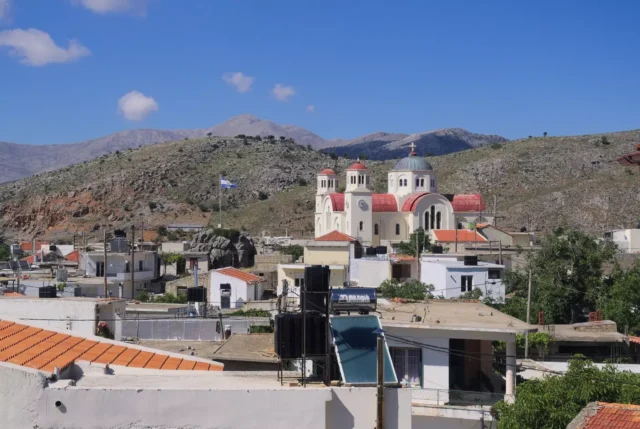
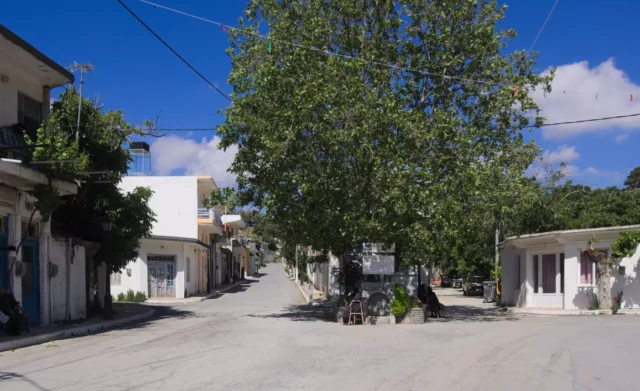

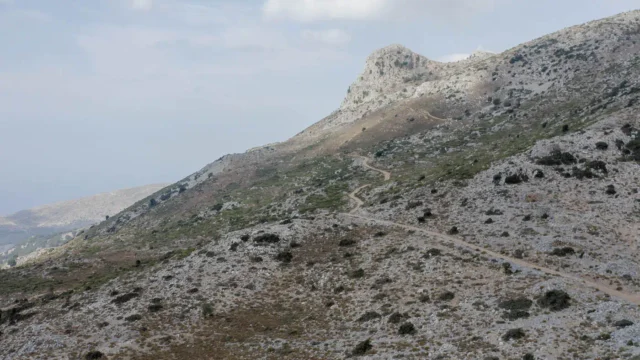
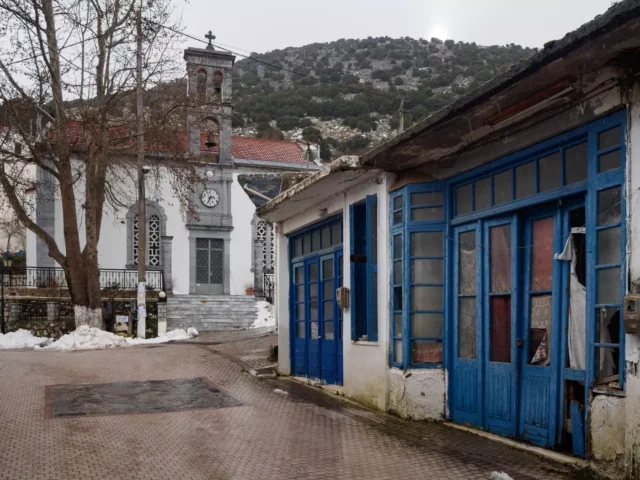

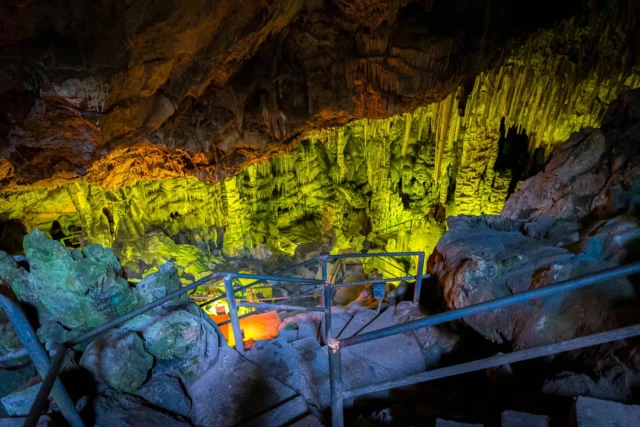
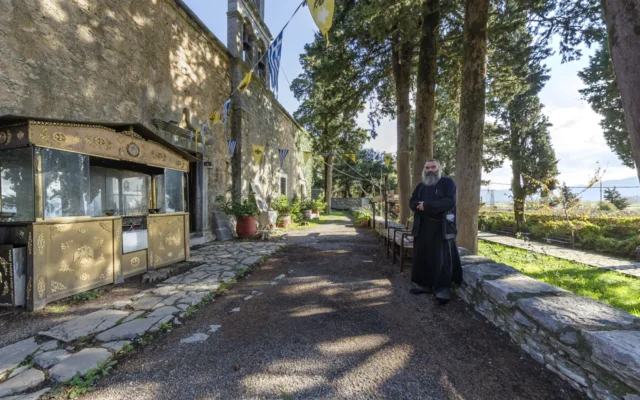

There are no comments yet.